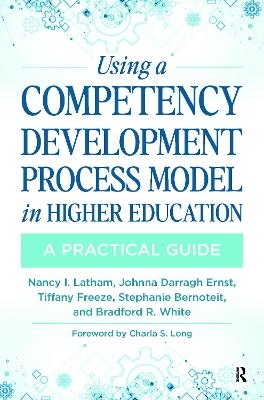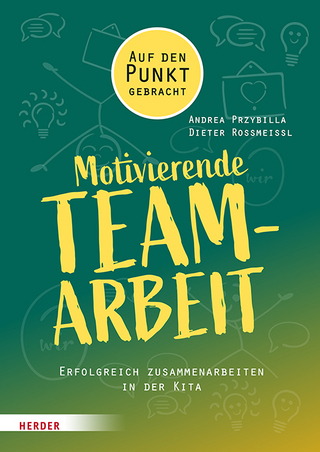
Using a Competency Development Process Model in Higher Education
Stylus Publishing (Verlag)
978-1-64267-053-0 (ISBN)
What if educational programs designed curriculum with the end in mind, teaching and assessing only the knowledge and skills necessary for success in the workplace and broader life applications? Competency-Based Education (CBE) provides an answer to questions such as this one that key stakeholders such as employers, learners, parents, and educators are asking. In this book, the authors offer a Competency Development Process Model (CDPM) with unique features that emphasize the interdependence of competencies, assessments, and a robust learning journey within a fully developed career pathway. Two case examples are used throughout the book to contextualize the CDPM. There are seven steps of the model: ·Step 1: Define the Problem·Step 2: Establish the Competency Framework·Step 3: Draft the Competency Statements·Step 4: Establish Competency Measurability·Step 5: Develop Competency Assessments·Step 6: Adopt and Implement Competencies in Learning Journey and Credentialing Systems·Step 7: Evaluate Impact Over TimeThe model addresses the importance of situating competencies within a professional learning context using a backward design approach. In doing so, the model aims to elevate the work of designing competencies from merely developing a list of expectations to in-depth analysis and design, with the goal of developing competencies that can be readily used for assessment and career pathway development.Each step in the CDPM is treated as a chapter, and each chapter identifies the central question that must be answered, provides an overview of the tasks in the step, and illustrates the steps in action through the two case examples. Each chapter concludes with “Your Turn”—guiding questions for the reader to apply the step to their own context.
Dr. Nancy Latham currently serves as the Executive Director of the Council of Teacher Education and a Research Associate Professor in the Curriculum and Instruction Department at the University of Illinois at Urbana-Champaign (UIUC). For the past ten years she has served as a lead consultant on state-wide early childhood employment pathway efforts in Illinois and teacher preparation pathway competency development and implementation. Dr. Latham has published and presented extensively on teacher attrition, specifically the impacts of teacher preparation model on teacher persistence in the field and co-authored and edited Voices from the Field: Collaborative Innovations in Early Childhood Educator Preparation (Bernoteit, Darragh Ernst, & Latham, 2016) which overviews the state-wide experience of competency implementation for early childhood credentialing in Illinois.Prior to joining UIUC she served as an administrator and Early Childhood Professor at Illinois State University. In addition, she was a tenured community college professor and a public-school teacher and administrator. Her external leadership has included serving as President of the Illinois Association of Early Childhood Teacher Education and representing the public university colleges of education on the Illinois State Educator Professional Licensure Board (SEPLB). She is currently leading an Illinois State Board of Education project to revise the state teaching standards to a competency-based system. Her research interests focus on teacher employment pathways and trends, teacher persistence in the field, and the impacts of teacher preparation models and practices on teacher retention and attrition. Dr. Johnna Darragh Ernst is a Distinguished Professor of Early Childhood Education at Heartland Community College in Normal, Illinois. For the past several years, her work has focused on collaboratively developing competency-based pathways supporting early childhood practitioners in Illinois and servi
Contents List of Tables and Figures Foreword by Charla S. Long Acknowledgements Introduction 1. Define the Pathway Problem 2. Establish the Competency Framework 3. Draft the Competency Statements 4. Establish Competency Measurability 5. Assessing Competency 6. Adopt and Implement Competencies in Learning Journey and Credentialing Systems 7. Evaluating the Impact of Competencies Over Time Conclusion Author Biographies Index
| Erscheinungsdatum | 11.05.2023 |
|---|---|
| Sprache | englisch |
| Maße | 152 x 229 mm |
| Gewicht | 231 g |
| Themenwelt | Sozialwissenschaften ► Pädagogik ► Erwachsenenbildung |
| ISBN-10 | 1-64267-053-7 / 1642670537 |
| ISBN-13 | 978-1-64267-053-0 / 9781642670530 |
| Zustand | Neuware |
| Informationen gemäß Produktsicherheitsverordnung (GPSR) | |
| Haben Sie eine Frage zum Produkt? |
aus dem Bereich


